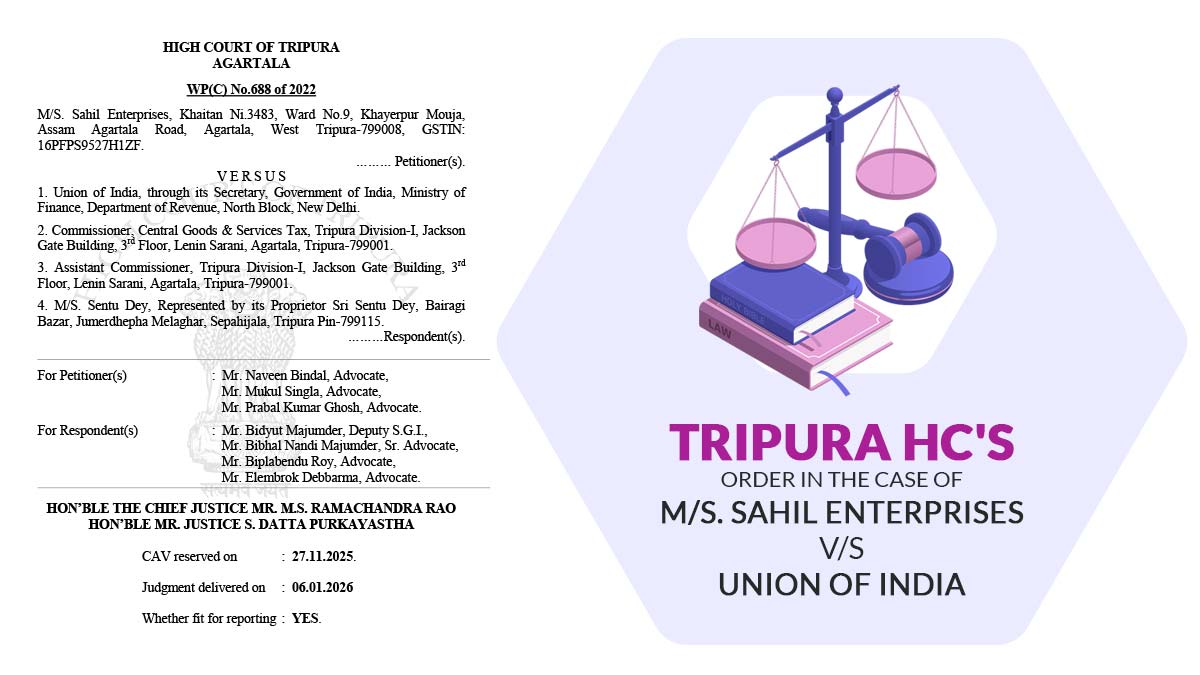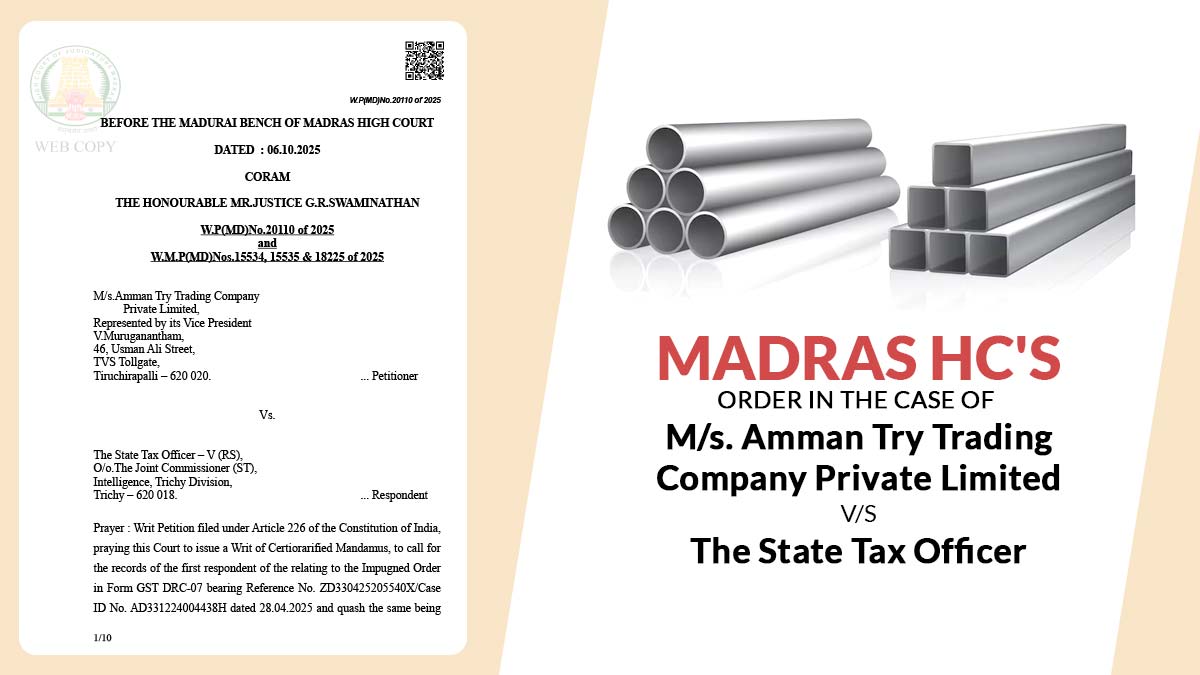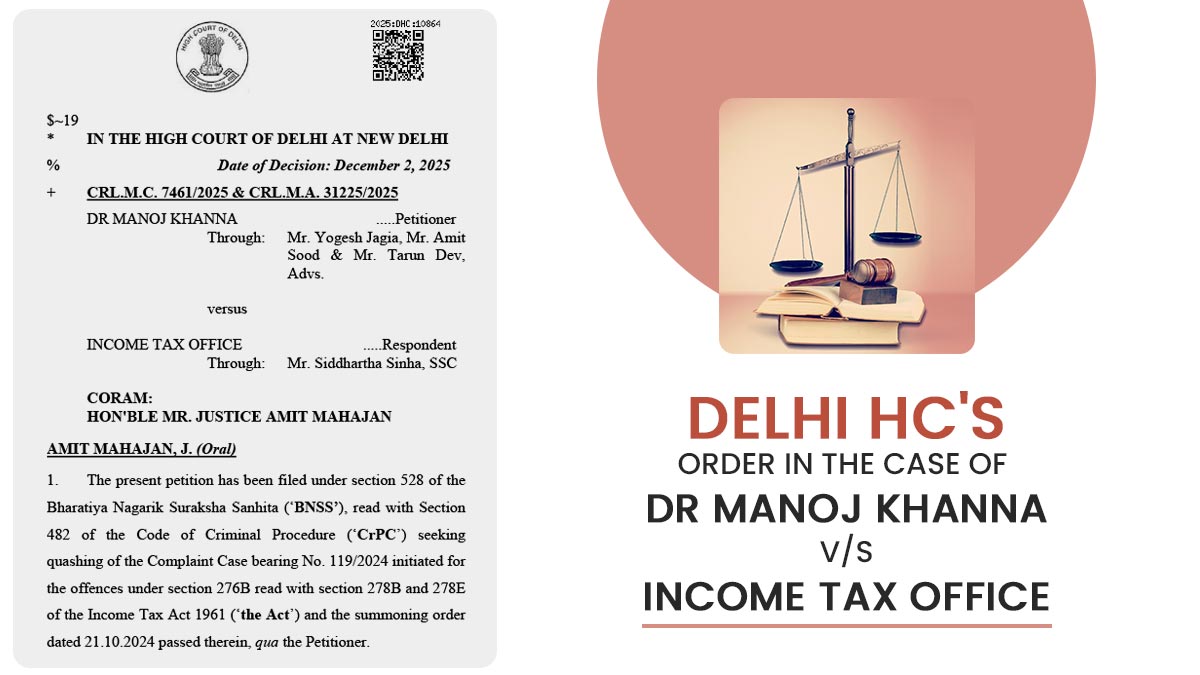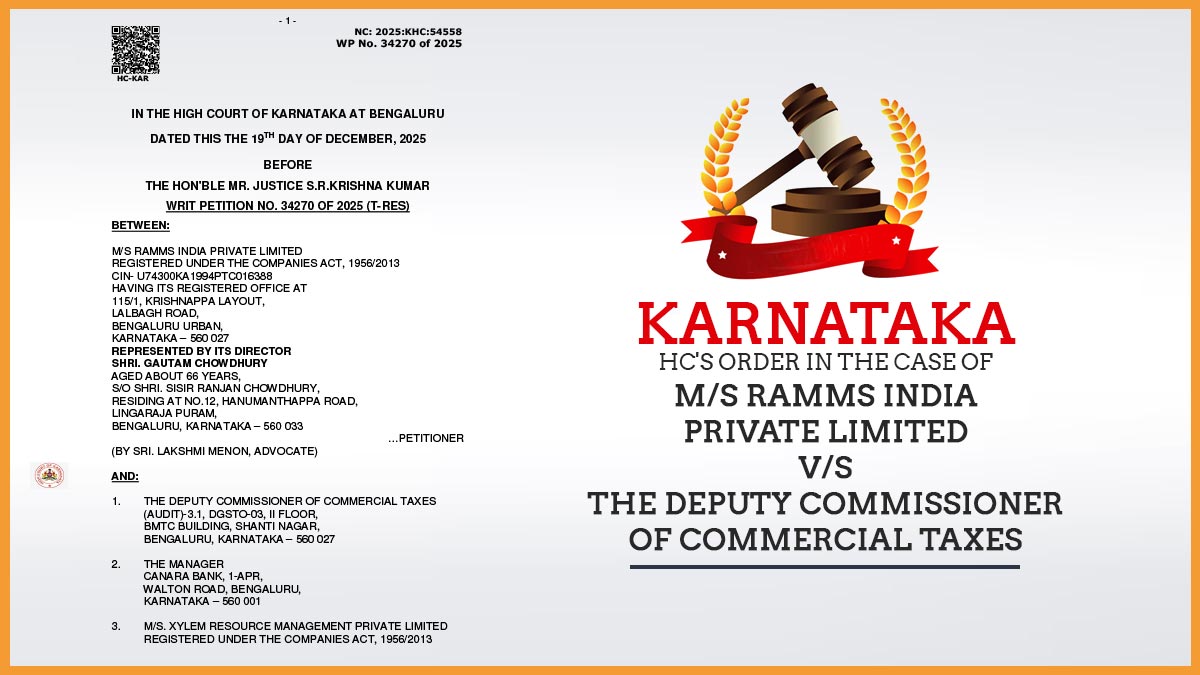
The Central Board of Indirect Taxes and Customs (CBIC) implements a system that would electronically generate a Director Identification Number (DIN) for all the communications sent by tax officials to the registered individuals & taxpayers.
The step towards digitalisation has taken to increase transparency & accountability in the indirect taxation system which will help the recipient of communication ascertain the authenticity of the communication.
Post 8th November 2019, a digital communication without electronically generated DIN would be treated invalid and deemed to be never received communication. However, there are some circumstances/exceptions when such communications shall be treated as valid.
The circumstances include the absence of a technical facility to generate electronic DIN and when the communication has to be sent urgently or needs to be issued at short notice.
Such communications without electronically generated DIN will have to regularised within the period of 15 days of its issuance. Communication shall be regularised by obtaining post-facto approval from the immediate senior officer followed by generation of DIN electronically and filing the digitally generated proforma quoting DIN in the printed form in the respective file.
Read Also: GST: Mandatory to Check Suppliers’ Tax Payment History Instead of Low Rate
The recipient of communication can determine the credibility of such documents by mentioning the CBIC-DIN for the particular communication in the window “VERIFY CBIC-DIN” on the official website of CBIC www.cbic.gov.in.
The date of DIN generation after this step will only be displayed when DIN entered is correct i.e. when the communication is genuine, otherwise, it will not be shown on the screen.
Format of digitally generated DIN is CBIC-YYYY MM ZCDR NNNN where YYYY and MM express the year and month, respectively, in which DIN is generated. ZCDR and NNNN denote the Zone Commissionerate Division Range Code and 6 digits alphanumeric code generated randomly by the system, respectively.









